Unraveling the Secrets of Psychedelic Mushrooms: Comparing Synthetic Psilocybin to Psilocybin Mushroom Extract's Effects on Brain Plasticity
Published in General & Internal Medicine and Behavioural Sciences & Psychology

The Purpose:
For decades, psychedelics have occupied a subtle space in our collective consciousness, shrouded in both intrigue and stigma. Recent years, however, have witnessed a renaissance of research, fueled by mounting evidence hinting at the potential of psychedelics to unlock new therapies for mental health conditions. At the heart of this expanding field lies a fundamental question: do naturally occurring psychedelic complexes in their traditional form (that contains additional compounds) offer any advantages over their synthetic, pure, isolated active compound? Our laboratory recently delved into this very question, exploring the comparative effects of chemically synthesized psilocybin (PSIL) and a psychedelic mushroom extract (PME) on the molecular and metabolic landscape of the mouse brain. Both treatments were given at an equal psilocybin dose, and the difference was the plethora of additional compounds that are found in the natural extract.
The Dance of Brain Plasticity:
Imagine your brain as a dynamic network, constantly reshaping its connections in response to experiences. This remarkable ability, known as neuroplasticity, underpins learning, memory, and adaptation. Dysfunction in neuroplasticity, more specifically a reduction in synaptic complexity is a neurobiological hallmark in most mental health illnesses, making its modulation a key target for therapeutic treatments.
Our study focused on specific proteins within neurons, critical players in the grand ballet of neuroplasticity. These proteins, GAP43, PSD95, synaptophysin, and SV2A, act as architects, builders, and messengers at the junctions where neurons communicate (synapses). By studying their levels and distribution, we gain valuable insights into the brain's potential for increased synaptic plasticity.
Armed with this understanding, we compared the effects of PME and PSIL on these synaptic proteins in four brain regions: frontal cortex, hippocampus, amygdala, and striatum. Our findings revealed a fascinating story. Firstly, both PSIL and PME manifested the same strength of psychedelic induced head-twitch response, a rodent behavioural proxy for the human psychedelic “trip” (Figure 1).
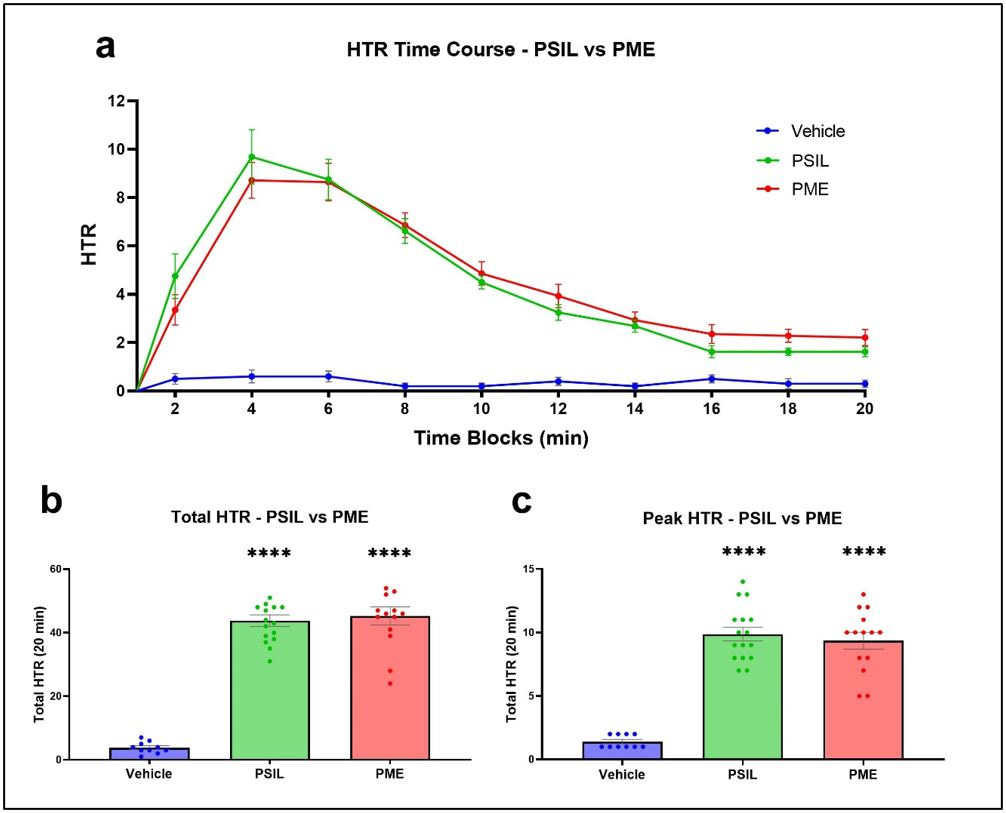
Figure 1: Induction of head-twitch response (HTR) by PSIL and PME.
We assessed the synaptic protein increase at different time points following treatment and saw an increased trend with each passing day, which proved significant at day 11. Both treatments impacted protein levels, but PME displayed a more robust and widespread influence. It significantly increased all four proteins across all brain regions analysed, hinting at a potentially stronger effect on neuroplasticity compared to PSIL (Figure 2). These results suggest that analysing synaptic protein levels could serve as a valuable tool for understanding how psychedelic compounds interact with the brain's plasticity mechanisms.
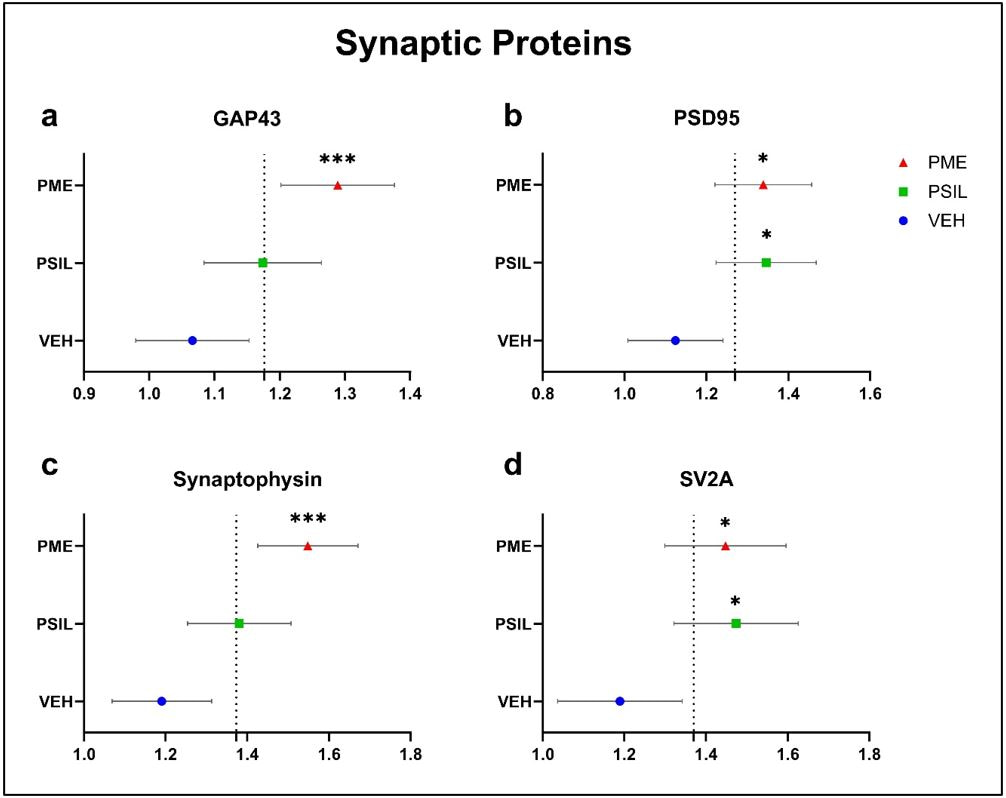
Beyond Proteins: Unveiling the Metabolic Code:
However, our journey didn't stop at proteins. We delved deeper, employing the high throughput technique, metabolomics, to unveil the metabolic fingerprint of the brain following PME and PSIL administration. This analysis revealed distinct patterns, with PME showcasing a unique metabolic signature compared to the control group. Interestingly, a "purine hypothesis" emerged, suggesting PME might influence energy-dependent processes crucial for neuroplasticity and its potential therapeutic effects.
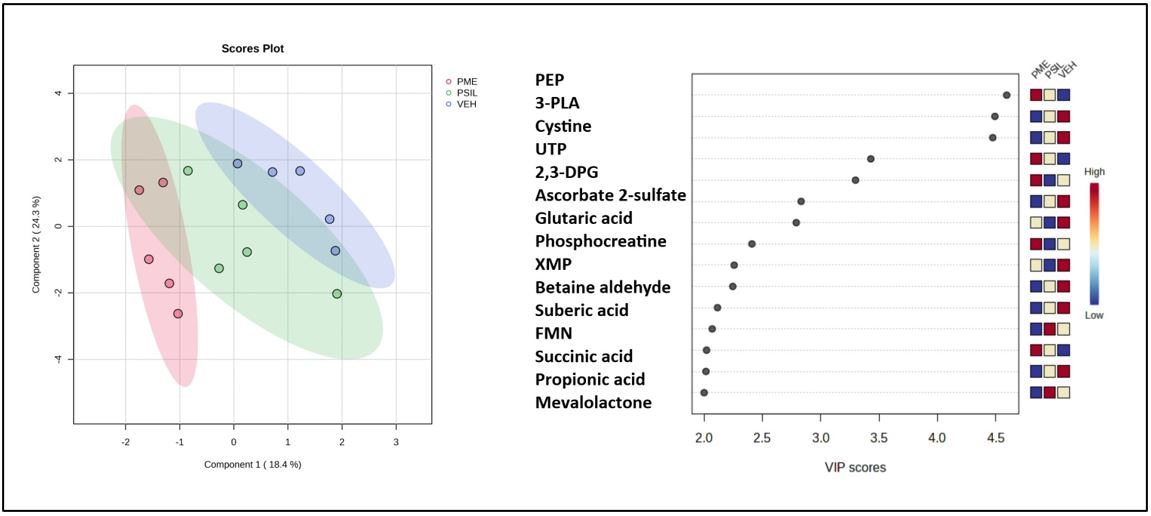
Beyond Purity: Unveiling the Potential of Whole Mushroom Extracts:
Now, it's important to address the elephant in the room: the perceived variability of natural products like psychedelic mushrooms compared to pure, synthetic pharmaceuticals. Historical human use of natural compounds always employed extracts obtained from the whole organism. However, the traditional Western medical model favors isolated, well-defined compounds due to economic and regulatory reasons. Conversely, this approach overlooks the potential benefits of harnessing the intricate symphony of naturally occurring molecules within the context of extracts obtained from whole organisms.
While variability in wild mushrooms is indeed a concern, the story with cultivated species is fundamentally different. Mushrooms, unlike plants, exhibit remarkable sensitivity to their growth environment, changing their molecular contents due to changing outdoor parameters such as growth substrate, and inorganic growing paradigms such as temperature, humidity, light exposure, and surrounding O2 to CO2 ratio. This sensitivity can be tamed, and by meticulously controlling the substrate and environmental conditions, we can cultivate mushrooms with highly precise and replicable compound profiles. This opens exciting possibilities for utilizing extracts from cultivated mushrooms in Western medicine.
In our case, cultivation of psilocybin-containing mushrooms by our partners, Parow Entheobiosciences (ParowBio) enabled us to employ an extract, that will consistently possess identical compound compositions in future extracts. This eliminates the variability concerns often associated with wild-grown specimens and paves the way for developing standardized, stable medicines. This consistency is crucial for responsible dosage and predictable therapeutic effects, aligning with the core principles of Western medicine.
Whole mushroom extracts offer more than just the active psychedelic compound. They contain a diverse array of secondary metabolites, each contributing to the overall therapeutic potential. These synergistic interactions between various compounds might be crucial for the observed therapeutic effects, extending beyond the action of single, isolated molecules, an idea called the “entourage effect”. Historical human use of natural compounds has always employed extracts obtained from the whole organism, and it is required from us as scientist to not overlook this aspect when exploring potential therapeutic applications of ancient medicine.
Conclusion:
Understanding how the brain adapts and rewires itself, in the form of brain plasticity, is crucial in the fight against mental illness. A hallmark of many mental health conditions is a reduction in this very plasticity, hindering the brain's ability to form new connections and heal itself. Our study, like a single brushstroke on a vast canvas, sheds light on the complex and fascinating world of psychedelic effects. The dance between PME and PSIL in influencing brain plasticity and metabolism points towards the potential advantages of exploring naturally derived options. While standardization and consistency are crucial concerns within Western medicine, controlled cultivation provides a solution for harnessing the power of whole mushroom extracts. This approach allows us to access the full potential hinted at by thousands of years of human use, paving the way for developing safe, effective, and standardized psychedelic medicines for the future.
Follow the Topic
-
Molecular Psychiatry

This journal publishes work aimed at elucidating biological mechanisms underlying psychiatric disorders and their treatment, with emphasis on studies at the interface of pre-clinical and clinical research.




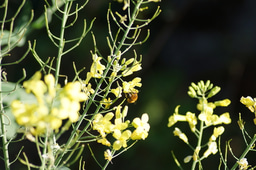
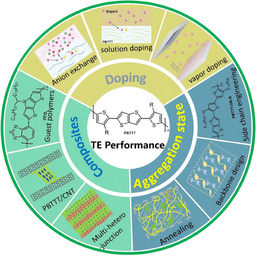
Please sign in or register for FREE
If you are a registered user on Research Communities by Springer Nature, please sign in